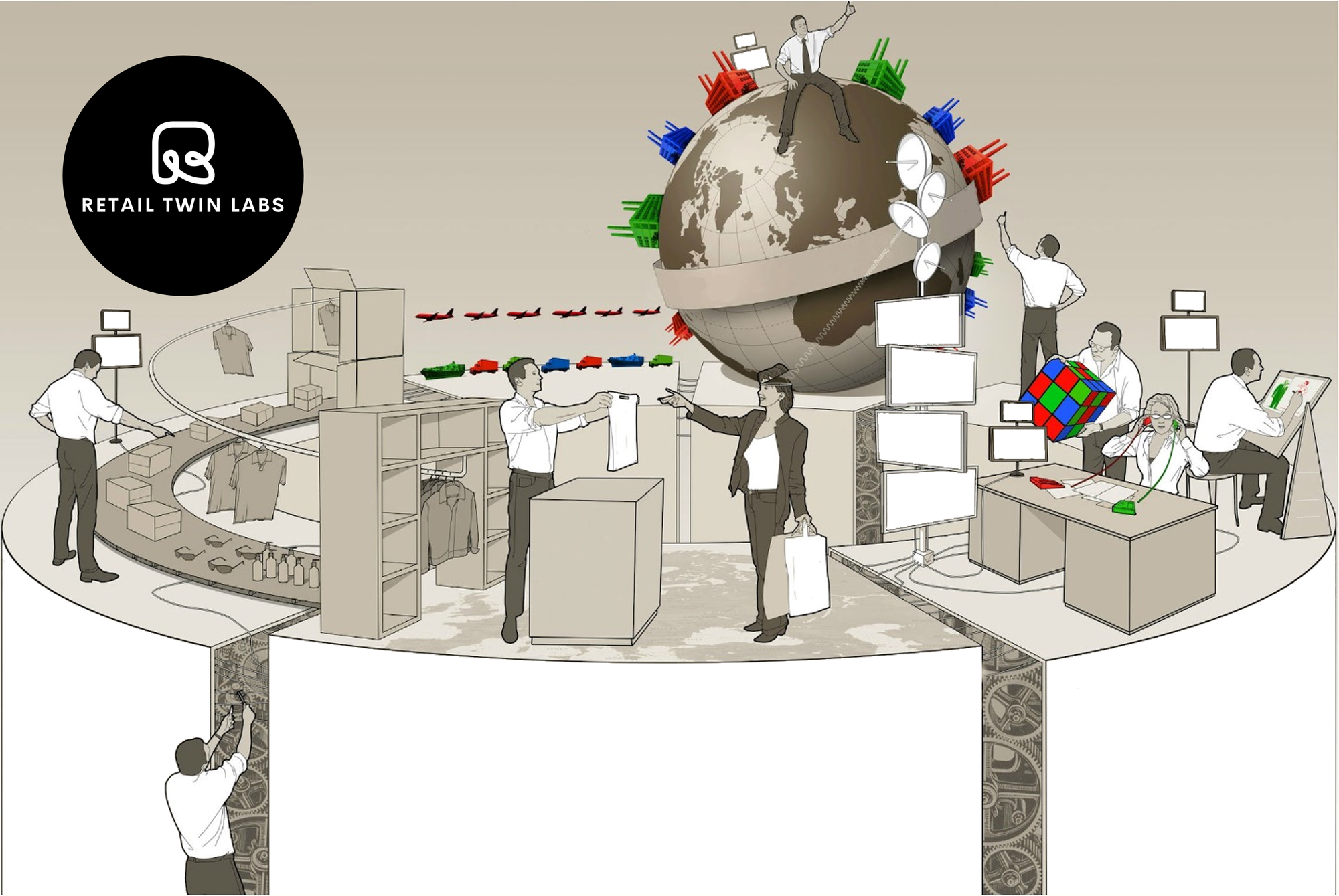Time for a New Rhythm in Retail

As the snow blankets the mountains in Austria, I read that even Holland is covered in snow—unusual at any time of the year. As I savor the beauty outside, a thought lingers: why will I soon return home to shop windows and websites filled with sandals and summer dresses, while snow is still melting on the streets? It’s a disjointed rhythm, one that feels increasingly out of step with the world outside.
Retailers, myself included, have long marched to this beat of a seasonal drum, where Spring, Summer, Fall, and Winter collections dictate product launches and promotional calendars. At a glance, it seems logical: offer winter coats when it’s cold, and sandals when it’s hot. Yet, the typical retail cycle—where winter coats hit stores in August and sandals show up in February—has lost its connection to weather realities.
This rhythm is less about meeting demand and more about outpacing competitors. Brands and retailers race to secure wallets before someone else does. In wholesale, this becomes even more pronounced: brands scramble to lock in a retailer’s "open-to-buy" budget ahead of others.
Why Does This Model Persist?
Simple: the margins allow it. With initial margins of vertical players (spanning the full cash-to-cash cycle) sometimes reaching 70-90%, the incentive to churn out collections early is irresistible. But the cost is high—waste, markdowns, stock-outs, and overproduction are as much a part of this system as the garments themselves.
The Consumer Decides the Shelf-Life
Here’s the irony: consumers are more sophisticated than ever. They decide what they need and when they need it, regardless of the retail calendar. Retailers that cling to artificial scarcity miss the point. Modern supply chains, equipped with responsive capabilities, can adapt to this new reality. This is not to say it’s easy, but when inventory aligns with actual demand, everyone benefits—brands, retailers, consumers, and our planet.
If scarcity is your unique selling point, you’re in the marketing business—not the supply chain business. That’s not to say it can’t be profitable, but it’s simply not sustainable when we factor in the true cost. Fortunately, with new technology, those costs are becoming increasingly transparent.
A Better Path Forward
Retailers must redefine seasonal merchandise based on reality, not outdated traditions. Stocking sandals in summer and coats in winter isn’t just common sense—it’s what today’s responsive supply chain can deliver. By embracing shorter lead times, frequent ordering cycles, and agile manufacturing in true partnership mode, supply chain businesses can balance profitability with customer satisfaction.
This isn’t just good for consumers; it’s better for retailers’ bottom lines. Reducing overstock, avoiding markdowns, and delivering exactly what customers need—when they need it—will build loyalty and trust.
Let the Seasons Guide Us—Not the Calendar
The future of retail doesn’t lie in adhering to an arbitrary timetable but in aligning with consumer needs and the rhythm of nature. By focusing on true seasonal merchandise, retailers can move beyond the self-imposed constraints of a merchandise calendar to create a model that is responsive by design and therefore profitable, sustainable, and, above all, customer-centric.
Spring, Summer, Fall, and Winter will come and go. The question is whether retail can evolve to meet the moment. It’s time for a new rhythm—one that works for everyone.

